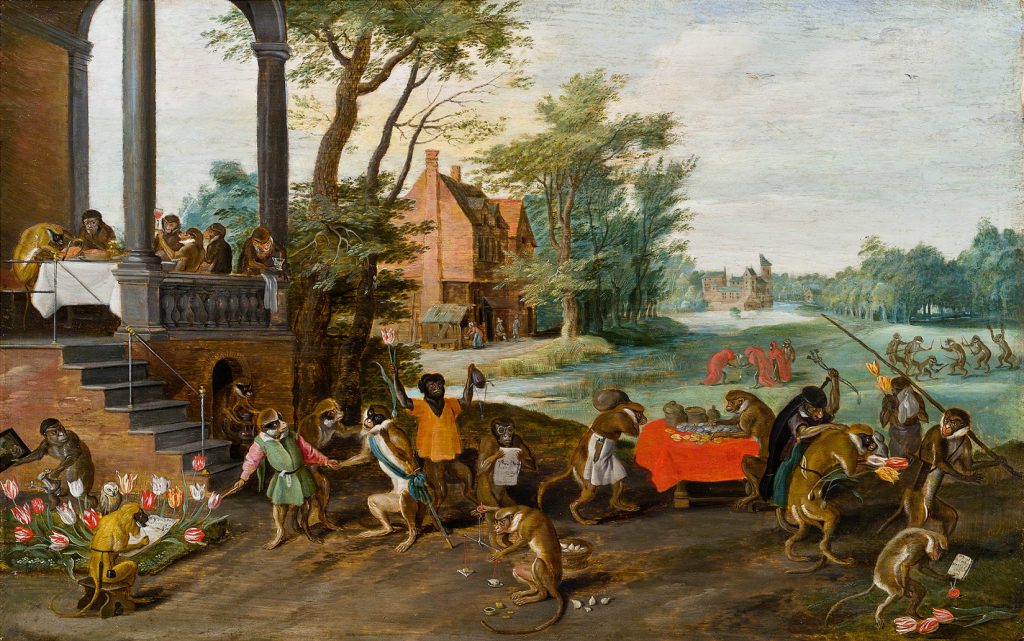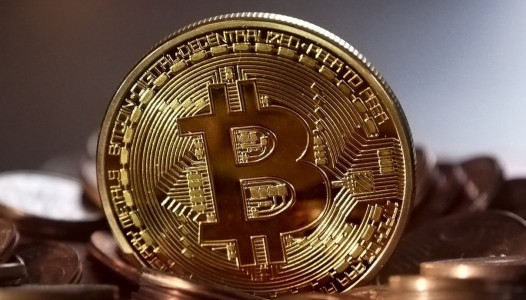by Michel Klompmaker
It was coming. Another crypto scandal. Now two South African brothers seem to have run off with 69,000 bitcoins from customers who had entrusted their money to Africrypt. This amounts to several billion euros. The two brothers had founded their company in 2019 in Johannesburg. As usual in this market, they promised high returns and they targeted high net worth individuals. Last April, there was a glitch in which customers were warned that the company had been hacked and that online crypto wallets were at risk. Let’s go back to the seventeenth century just to be sure. How did it come to sit with the tulips again?
Perhaps it is good to add a Dutch history lesson in 2021. In the seventeenth century there was an unprecedented boom in the tulip trade that started in Holland and Utrecht around 1634. This came to an abrupt end at the beginning of February 1637. At that time, the Dutch Golden Age, the prices of the newly introduced tulip bulbs reached extreme heights. At that time, there was also speculation in options on tulips, which were still in the ground at that time! And so the first bubble in economic history was created.
It is not the first time that crypto investors have ripped their pants due to the ‘disappearance’ of cryptocurrencies. In 2014, for example, 850,000 bitcoins were stolen (value at the time ‘only’ 394 million euros and in 2018 it was an amount of 420 million euros). Now, with the South African brothers, it concerns an amount of billions of euros. According to the lawyers of the victims, the two brothers ran most of their bitcoins through crypto tumblers or “mixers,” the slick way to erase traces of the original source.
The Dutch Central Bank refuses to designate crypto coins as currency. It sees it as a certain kind of ‘asset’. The South African regulator says the following about missing bitcoins: “While saying the investment platform looks like a Ponzi scheme, the Financial Sector Conduct Authority said all it can do is review complaints because “crypto assets are not regulated in terms of any financial sector law in SA and consequently the FSCA is not in a position to take any regulatory action”.
When we talk about crypto, it is essential to distinguish between blockchain technology and the so-called crypto coins. Just because a certain technology is or can be useful doesn’t mean you can create real currencies with it. Some adherents worship bitcoin, but there are many new “bitcoins” being created every week… It is clear that when Elon Musk joked about his love for Dogecoin, many fell for it again. The price flew up. Shortly after, Musk realised that bitcoin is “Beanie babies powered by coal”. Tesla no longer accepts it as a means of payment for its cars.
In addition, bitcoin is not so good for the environment. The energy cost to produce one bitcoin is roughly equivalent to more than 800,000 transactions that VISA can process. Greed and misinformation makes people believe in a paradise life by the beach… Let’s go back almost four centuries. In 1623 a single tulip bulb cost a thousand guilders, while an average annual income was 150 guilders.
In his pamphlet “Claere ontdeckingh der dwaesheydt” from 1636, an anonymous resident from Hoorn, North Holland, pointed out that the tulip bulb Semper Augustus, which was sold for six thousand guilders, was worth as much as 2 cartloads of wheat, 4 cartloads of rye, 4 fat oxen, 8 fat pigs, 12 fat sheep, 2 barrels of wine, 4 barrels of beer, 2 tons of butter, 1000 pounds of cheese, a bed, a silver chalice, some clothes plus a ship to carry it all.
In January 1637, tulip bulbs (each) were sold for more than ten times the annual salary of an experienced craftsman. At the time, this corresponded to the value of a canal house in Amsterdam. We are now almost four centuries later, but the comparison is urgent.







Travis Deming Reageren
Consumers have reported losing more than $80 million to cryptocurrency investment scams, the data shows. The FTC said it received nearly 7,000 scam reports in the last quarter of 2020 and the first quarter of 2021, 12 times the number reported over the same period a year earlier. The advent of Cryptocurrency related scams has made investors more cautious especially due to the fact that the anonymous nature of this system makes it a honey pot for criminals. Although some blockchain engineers like Vtechforensics have made successful crypto retrievals, find them on Telegram to assist you.